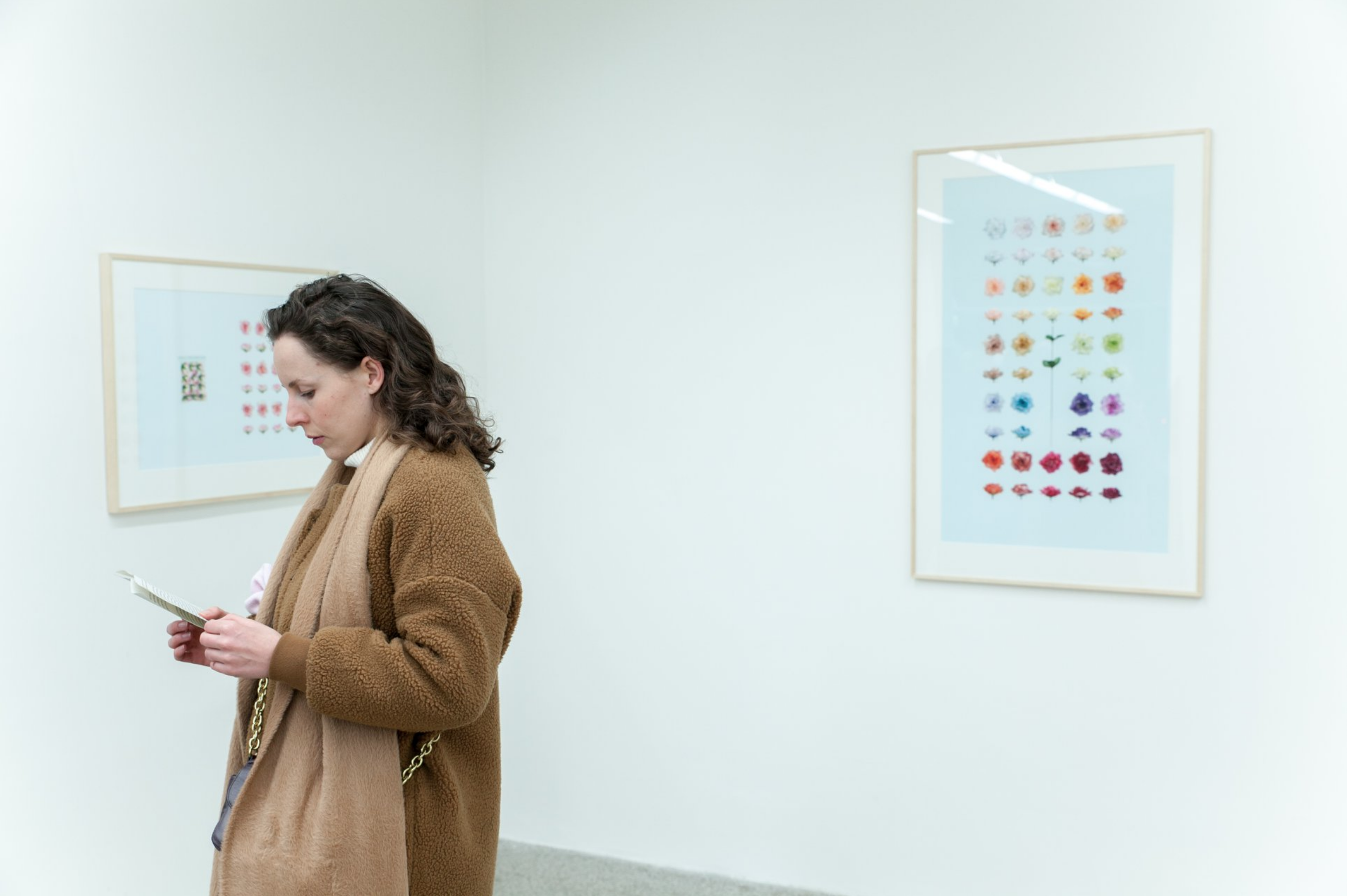
For those who could be unsure or insufficiently acquainted with the specificity of the medium, a question comes up immediately: How to find one’s footing in this field?
What will be of most help will be understanding basic terminology and the related aspects of print sale that influence many factors – often including the price.
Therefore, here is a glossary of basic terms.
EDITION
– Most photographs / fine art prints intended for sale should be published in editions = a numeric row that defines precisely how many copies were made, in what size, and what number the given photograph has within the edition, all of which influences the price.
CERTIFICATION
– This is a method, most often in the form of a document called a "certificate of authenticity", through which the author's signature certifies the authenticity of a photograph / fine art print based on detailed information about the edition, format, method of production and other details.
ADJUSTMENT
– This term applies to the hanging and fixing of a print, including the passe-partout and frame (or other forms of fixing the work). It’s always good not to neglect the adjustment: choose museum glass that eliminates UV rays, for instance. Adequate framing has the potential to accentuate the qualities of the work in accordance with the interior design.
TECHNIQUES
– The spectrum of photographic techniques by which copies are made is broad, from historical technologies such as cyanotype or daguerreotype, through classical prints, handmade in a darkroom (the older prints are usually known as “vintage prints”), or now rare cibachromes, (whose production has ceased), to modern techniques such as lambda prints, archival inkjet, giclée, etc.
MAINTENANCE
– Fine art prints demand much the same care as other museum artifacts, where the most frequent issues include limiting direct sunlight, moisture, and dust. Photographs that have not yet been adjusted should be adequately stored in materials intended for archiving – these avoid acidity and therefore do not threaten the life expectancy of the print.
ARTIST
– The artist’s piece often mediates a particular form of non-verbal dialogue, brings visual messages. Artists can sometimes feel ambivalent about their works being sold, which is why it is good to be in touch with experts, consultants, curators, etc., all of whom can help make the art sale a reality.
CONSULTANT
– With this term, we mean an expert who has years of experience with the art world, knows the nuances of the scene and relationships within it, has the capacity to predict the potential of selected artists, and, finally, is able to communicate with all the participants.
COLLECTOR
– A crucial figure in the art market. Collectors need not have enormous means at their disposal, but they should take an interest in the work and have a general idea of the budget they want to make available. A collector can purchase postcards in secondhand bookshops at low price a piece, or they can spend lavishly at auctions, but over time, they should recognize the direction in which their collection is headed and what makes it unique.
CURIOSITY
– This expression is often missing from glossaries such as this one, yet it is an absolutely indelible and crucial component of the art market and art as such. We recommend maintaining curiosity on all sides, along with invitations to communicate. If there is something you don’t know, ask. There are no stupid questions. Without them, and especially without curiosity, nothing like art would exist.
Markéta Kinterová
(published in Fotograf Magazine, Vol. 43 (2022), s. 53-54)

